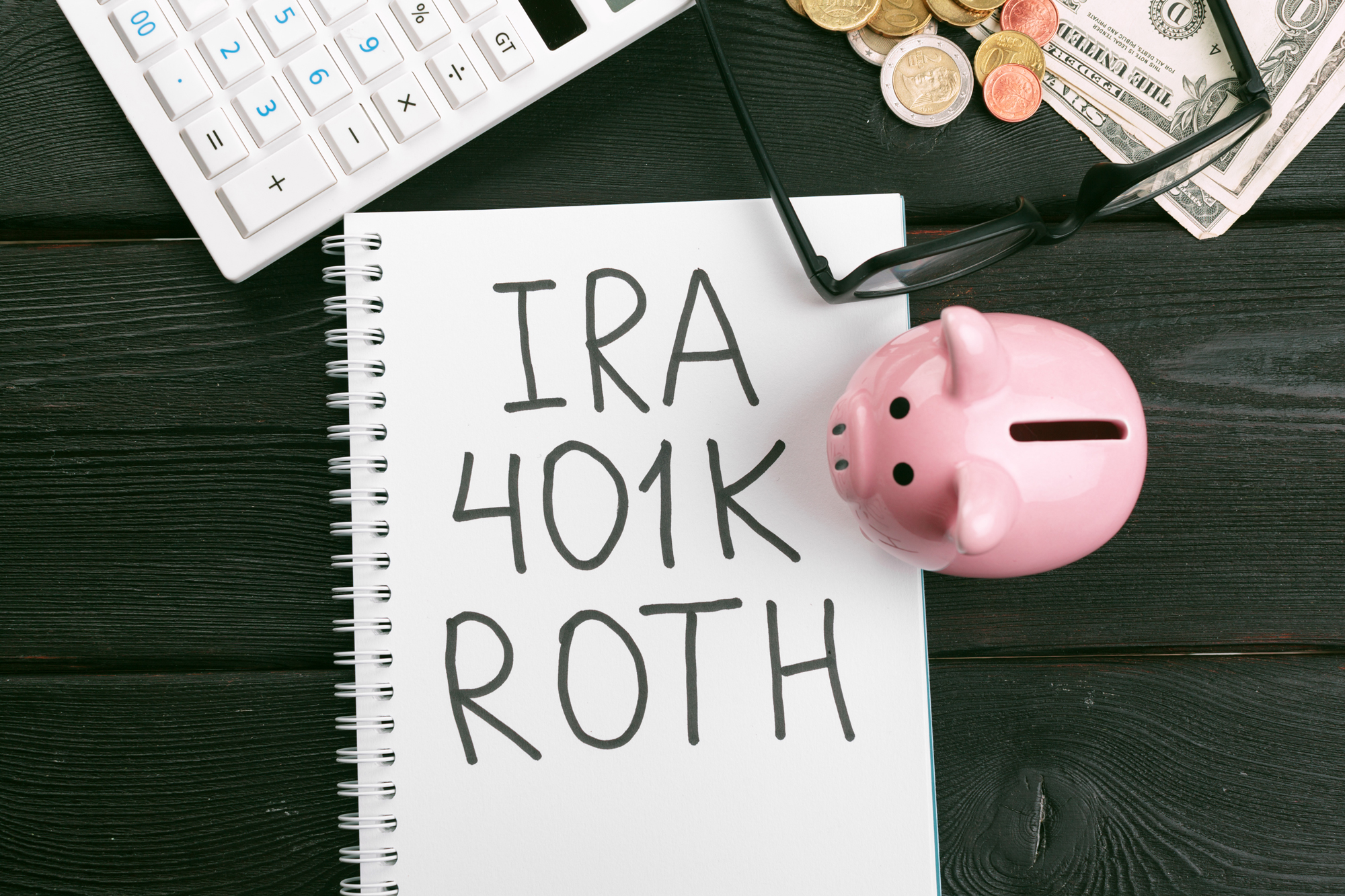Yes, you can have both a 401k and an individual retirement account (IRA) concurrently. Indeed, having both sorts of accounts is highly usual. These plans are similar in that they allow for tax-deferred savings (or, in the case of the Roth 401(k) or Roth IRA, tax-free earnings). However, depending on your personal circumstances, you may or may not be allowed to contribute tax-advantaged funds to both of them in any one tax year.
If you (or your spouse, if married) participate in a workplace retirement plan, your tax deduction for a traditional IRA may be limited — or you may be ineligible for a deduction — depending on your modified adjusted gross income (MAGI).
However, you may continue to make nondeductible gifts. Furthermore, if your income exceeds certain levels, you may be ineligible to contribute at all to a Roth IRA.
KEY TAKEAWAYS
- If you make an income, you can contribute to both a 401(k) and an IRA.
- A 401(k) allows you to save up to $19,500 each year ($26,000 if you’re 50 or older), and your employer may match some of your contributions.
- However, investment alternatives may be restricted, and costs may be prohibitively high.
- While IRAs offer a broader range of investment options, the IRS limits contributions to $6,000 (or $7,000) each year, and your income may limit your tax deduction eligibility.
401(k) Benefits and Drawbacks
Numerous businesses offer their employees 401(k) retirement savings plans. The 401(k) allows for relatively high contributions, and companies frequently match part or all of your contributions. If your employer matches contributions, the first step should always contribute enough to receive the full employer match. Otherwise, you are squandering free money.
Investments are restricted to the plan’s available alternatives. While many employers now offer a broad and diverse range of investment options, other 401(k) programs continue to be constrained by a limited selection and high costs.
For 2020 and 2021, the maximum contribution to a 401(k) is $19,500, with an extra $6,500 contribution available to those age 50 or over.
In some instances, your plan may limit contributions to a specific dollar amount.
IRA Benefits and Drawbacks
Investment options for IRA accounts are numerous. Unlike a 401(k) plan, typically confined to a single source, an IRA allows you to purchase stocks, bonds, mutual funds, ETFs, and other products from any provider. This can make locating a low-cost, high-performance solution simple.
However, the maximum contribution to an IRA is significantly less than the maximum contribution to a 401(k). The maximum annual contribution to a regular or Roth IRA is $6,000 in 2020 and 2021, or $7k if you are age 50 or older. Now, if you have both types of IRAs, the maximum is based on your IRAs’ total value.
A benefit of traditional IRAs is that your contributions may be tax-deductible. However, as noted previously, the deduction is only available if your modified adjusted gross income (MAGI) meets specific criteria.
Additionally, your MAGI may limit your Roth IRA contributions. In 2020, single filers must earn less than $139,000, while married couples filing jointly must earn less than $206,000. These thresholds will increase in 2021 when single filers earn less than $140,000, and married couples filing jointly must earn less than $208,000 to qualify for a Roth IRA.
While earning income is required to contribute to an IRA, a spousal IRA allows a working spouse to contribute to an IRA on behalf of their nonworking spouse, effectively doubling the couple’s retirement savings.
Which Account Is Better?
Neither account is strictly superior to the other, but they each have unique features and possible benefits based on your circumstances. In general, 401(k) participants should contribute enough to obtain their employers’ full match. Apart from that, the quality of investment options may be decisive. If your 401(k) investing alternatives are inadequate or too restrictive, you may wish to redirect additional retirement funds to an IRA.
As previously stated, your salary may also influence the kind of accounts to contribute in any particular year. A tax professional can assist you in determining your eligibility and the types of accounts that may be suitable.
Calculate Your Time to Retirement With a Financial Advisor
Finding the correct financial advisor for your situation does not have to be complicated. In five minutes, SmartAsset’s free quiz matches you with fiduciary financial advisors in your neighborhood. SmartAsset has vetted each advisor and requires them to behave in your best interests. Take the survey now if you’re ready to be matched with local experts who can assist you in achieving your financial objectives.




